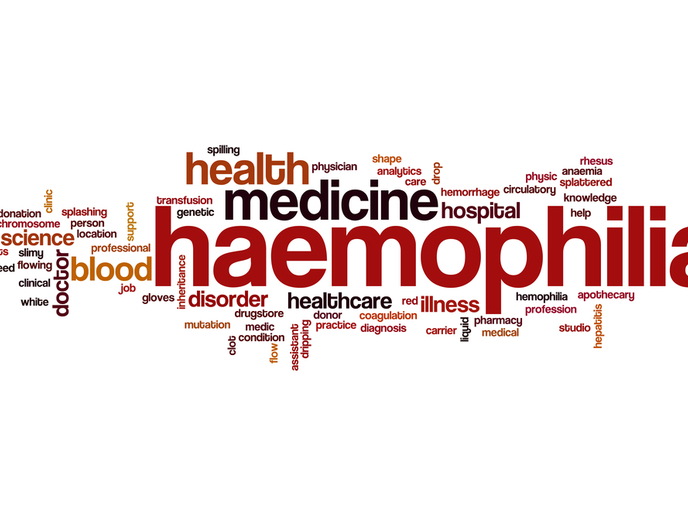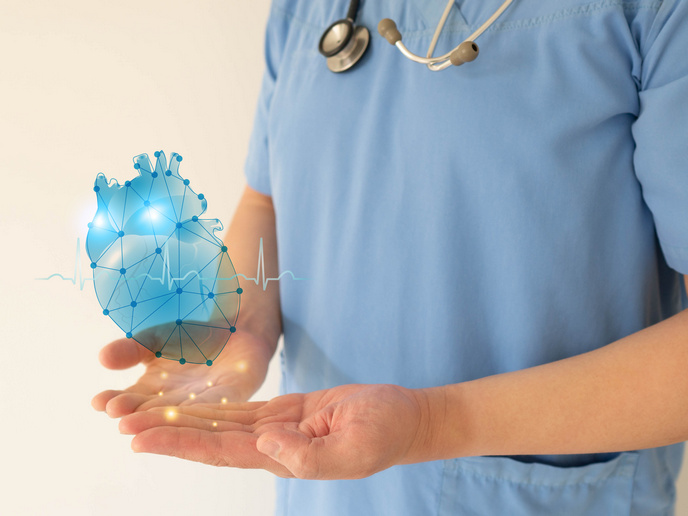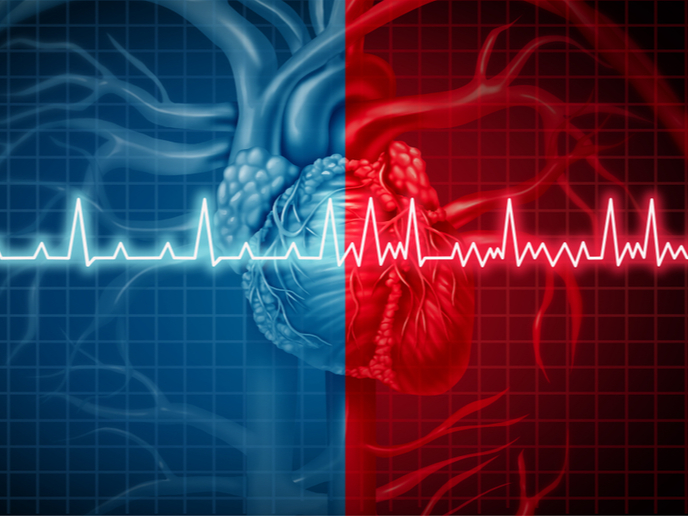Cell therapy for heart diseases
Clinical pictures of patients who have suffered such heart attacks suggest little if any reparative capacity of the heart after injury. A number of clinical trials have tested the ability of bone marrow cells to regenerate heart muscle with unfortunately minimal functional improvement. This highlights the need for alternative treatment strategies that rely on the regeneration or replacement of the injured myocardium. As a result, scientists of the EU-funded 'Development of cardiomyocyte replacement strategy for the clinic' (CARDIOCELL) project set out to study pluripotent and adult heart stem cells. Their aim was to identify key signalling pathways that drive the differentiation of these cells down the cardiac muscle lineage. Mammalian heart muscle development was studied using a mouse model. Through this, researchers identified transcription factors (Islet1, Fgf10) and signalling pathways (Fgf, BMP) that are important for cardiac development. Work on the heart-derived progenitor and stem cells led to the identification of markers (CD36, N-cadherin, ATP1b1) and procedures for their purification. Radiocarbon (C-14) dating was used to assess the ability of human cardiomyocytes to regenerate as it can date organic molecules like DNA down to one year. The average age of heart muscle cells was six years younger than the individual, indicating that these cells had regenerated during adulthood. Using mathematical modelling, partners were able to estimate that heart muscle cells regenerated annually with a frequency of 2 % in younger people and below 1 % in the elderly population. The consortium also explored new strategies for heart muscle cell-replacement therapies for ischaemic heart disease. From the mouse heart, they were able to isolate a cell population with stem cell-like properties and propagate them for a long time in culture. The option of myocardium prosthesis was also considered with the design of synthetic matrices to support the growth and function of heart muscle cells. CARDIOCELL generated invaluable information that opens up new avenues for therapeutic interventions after cardiac infarction. The proposed cell sources are considered safe for transplantation and is expected to improve the outcome of patients suffering from ischaemic disease.







